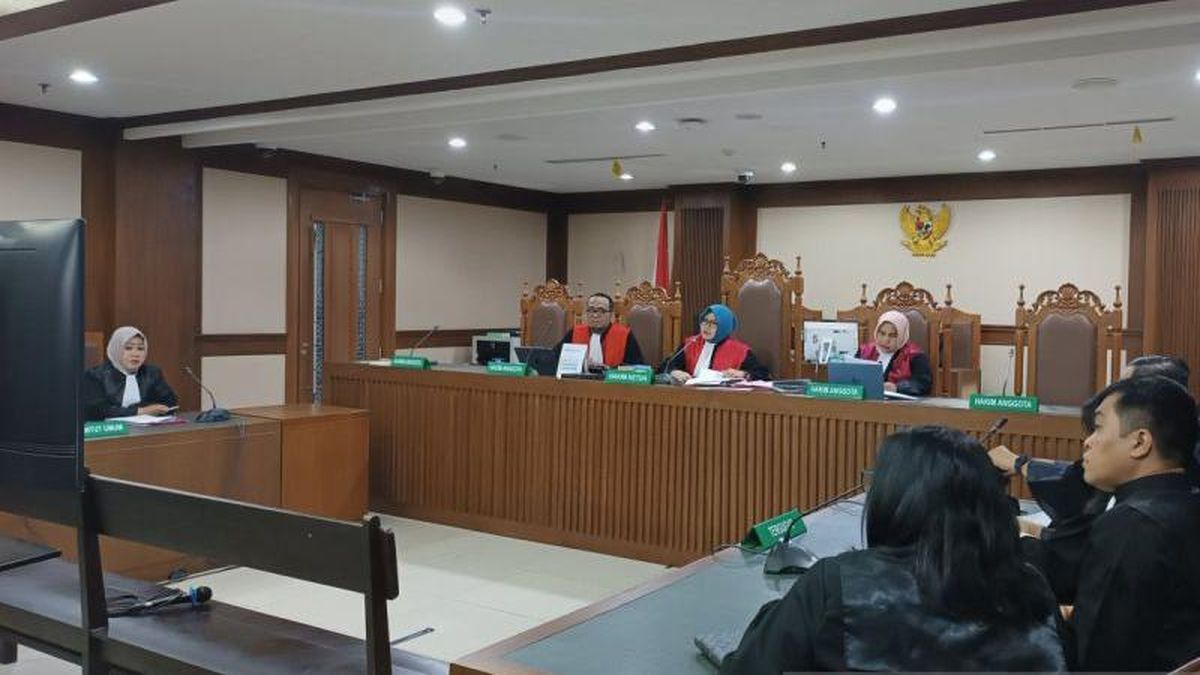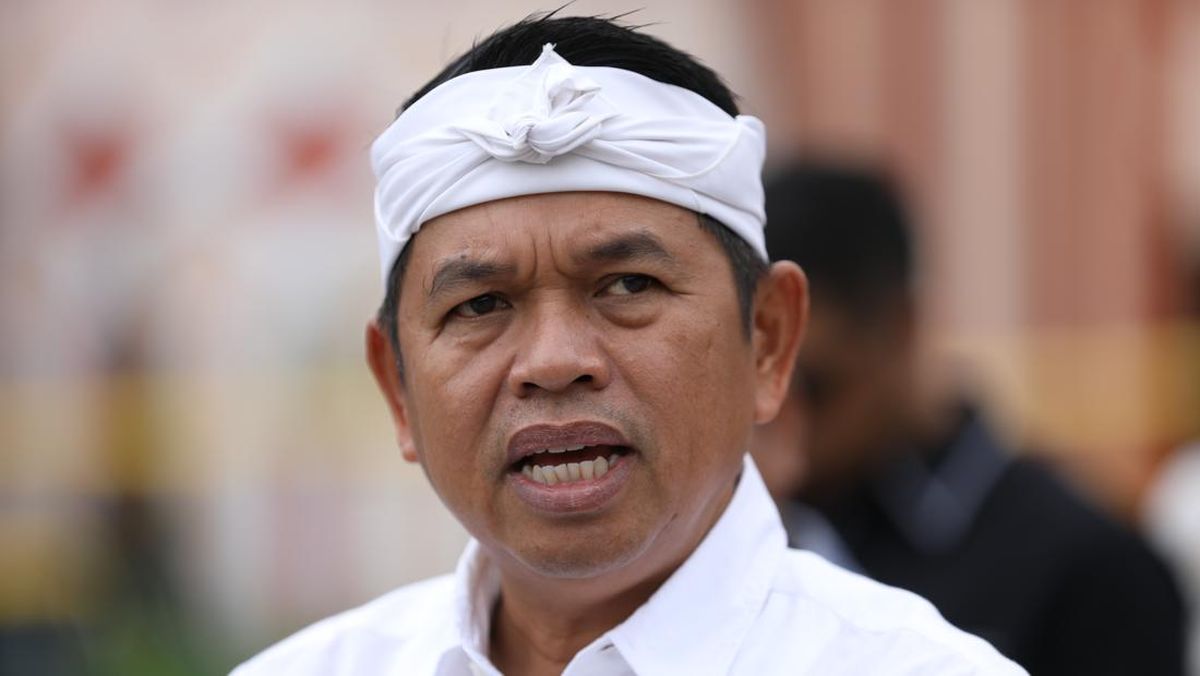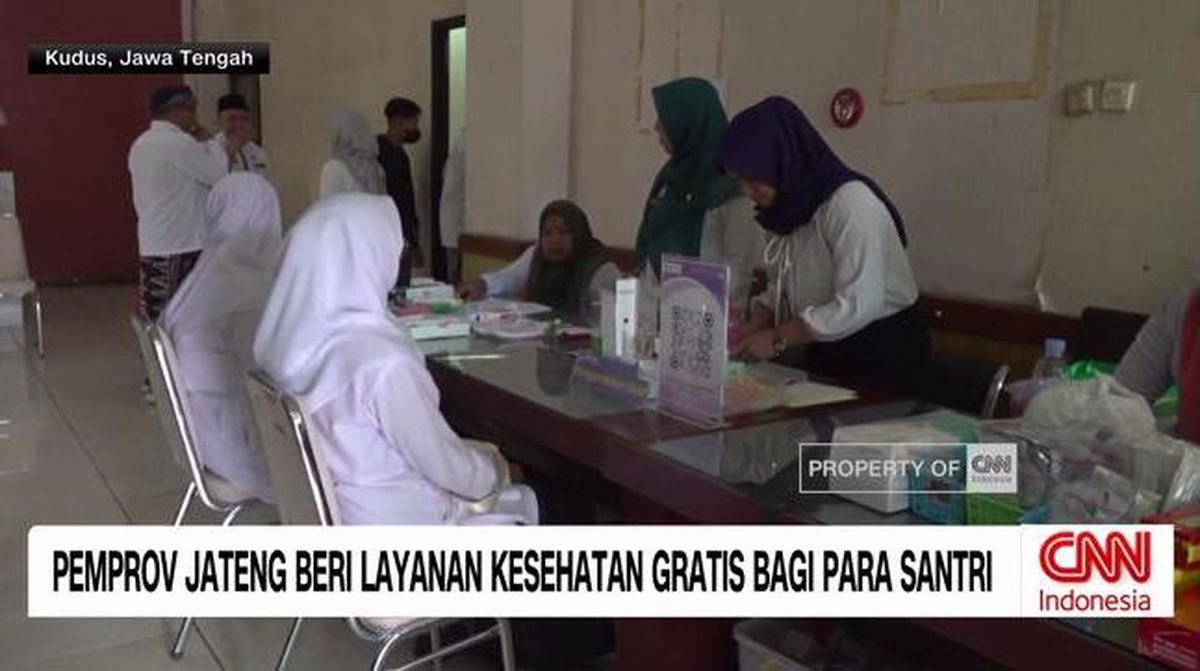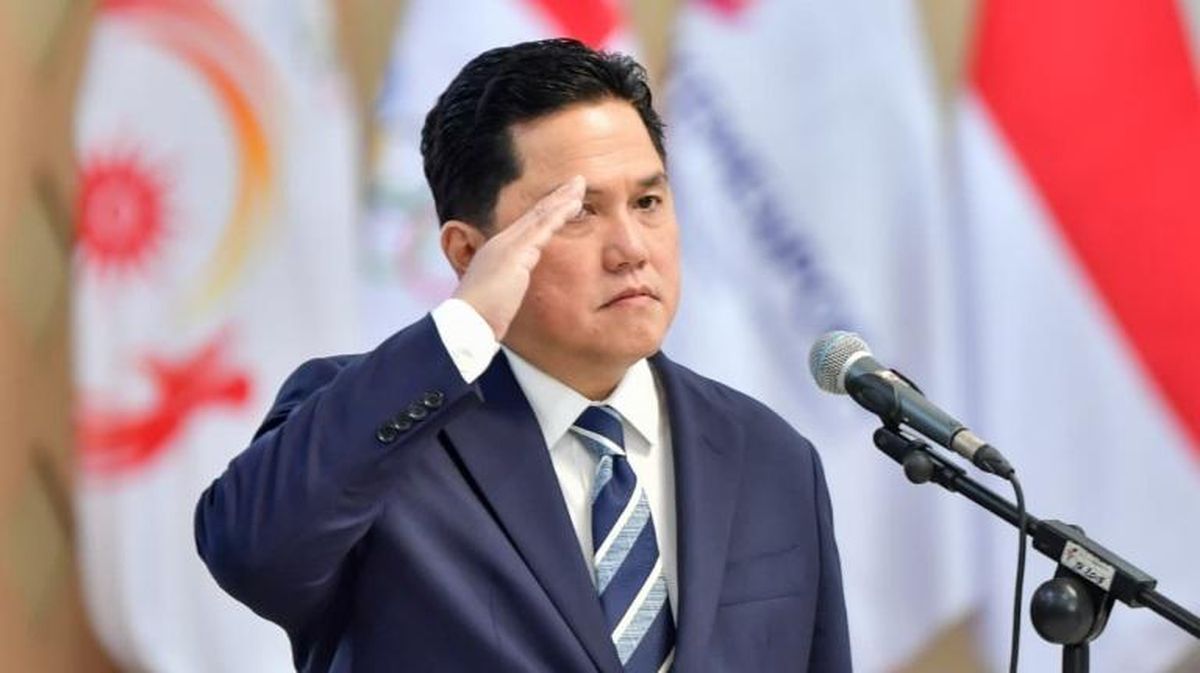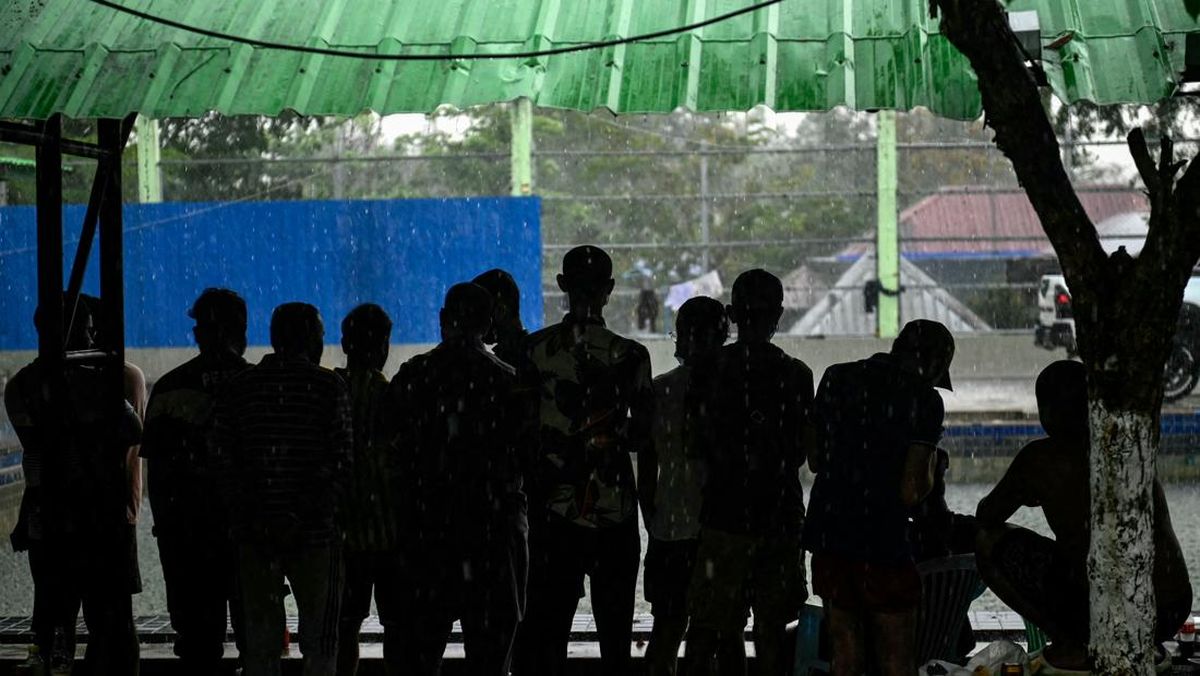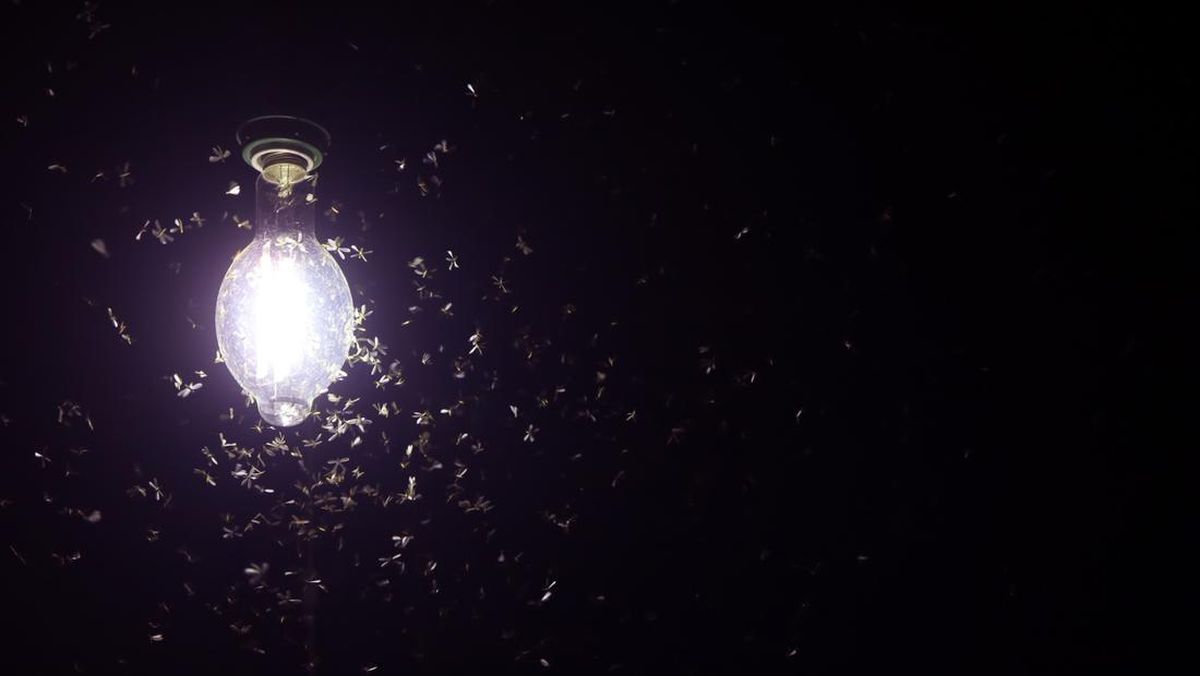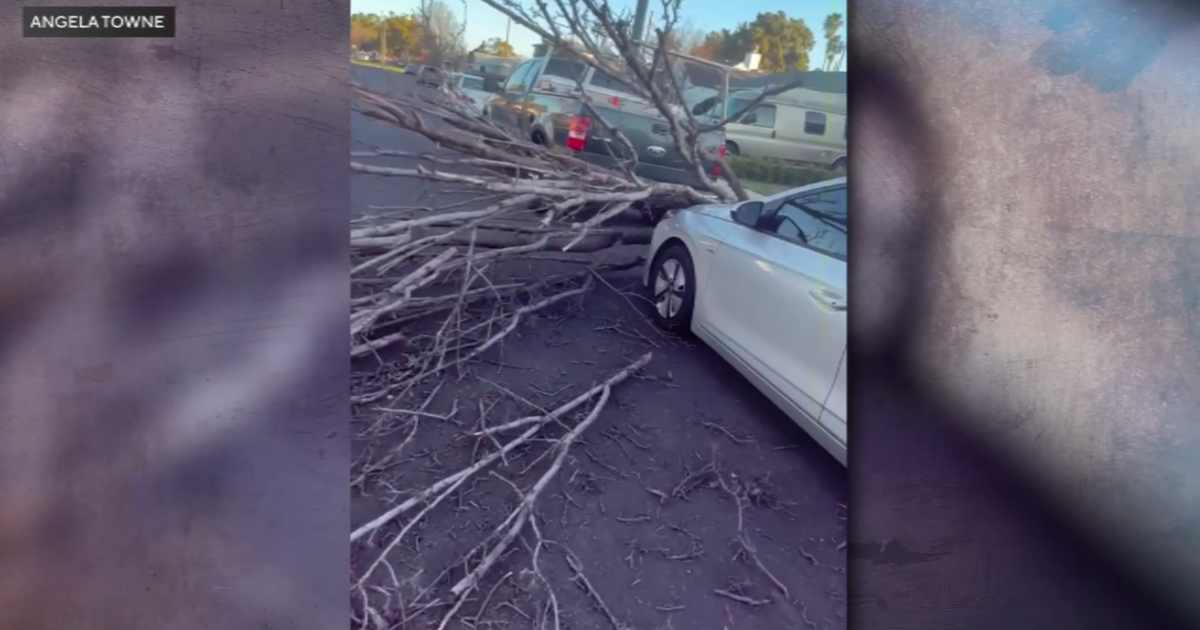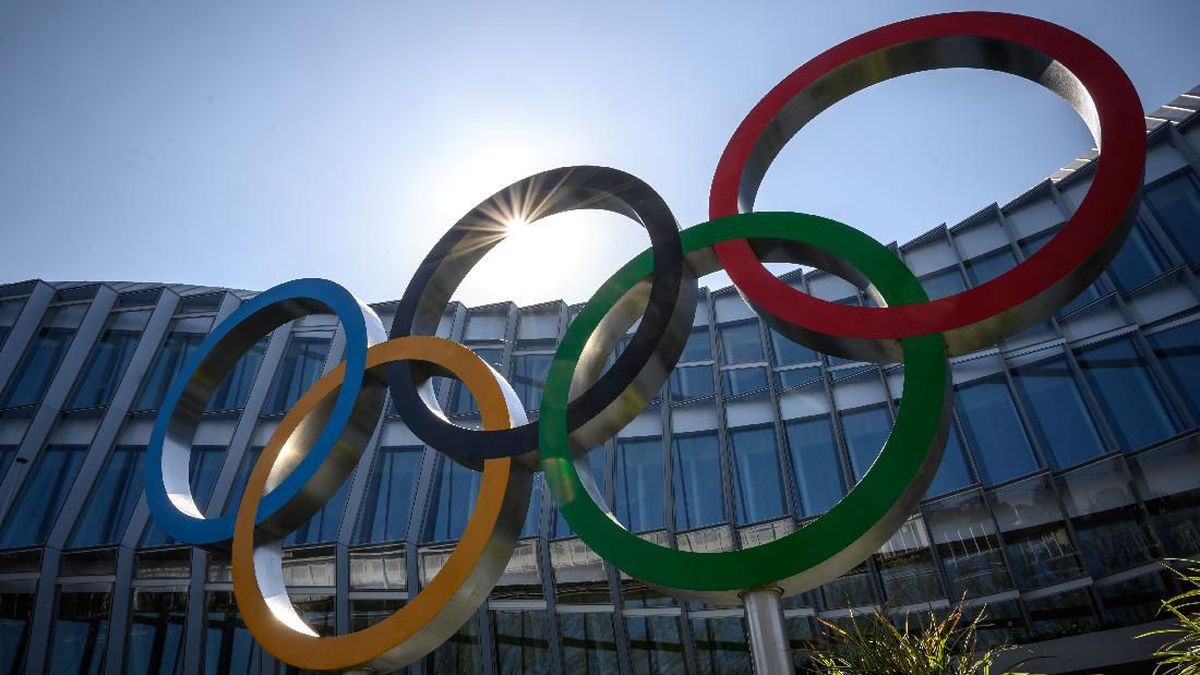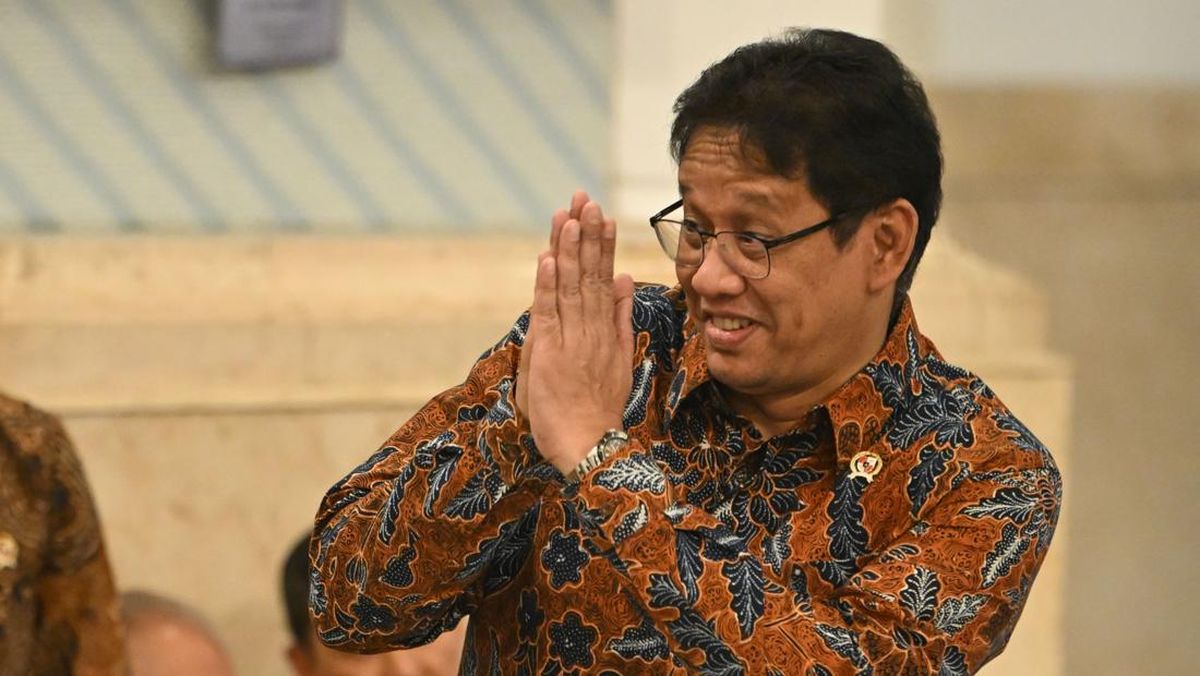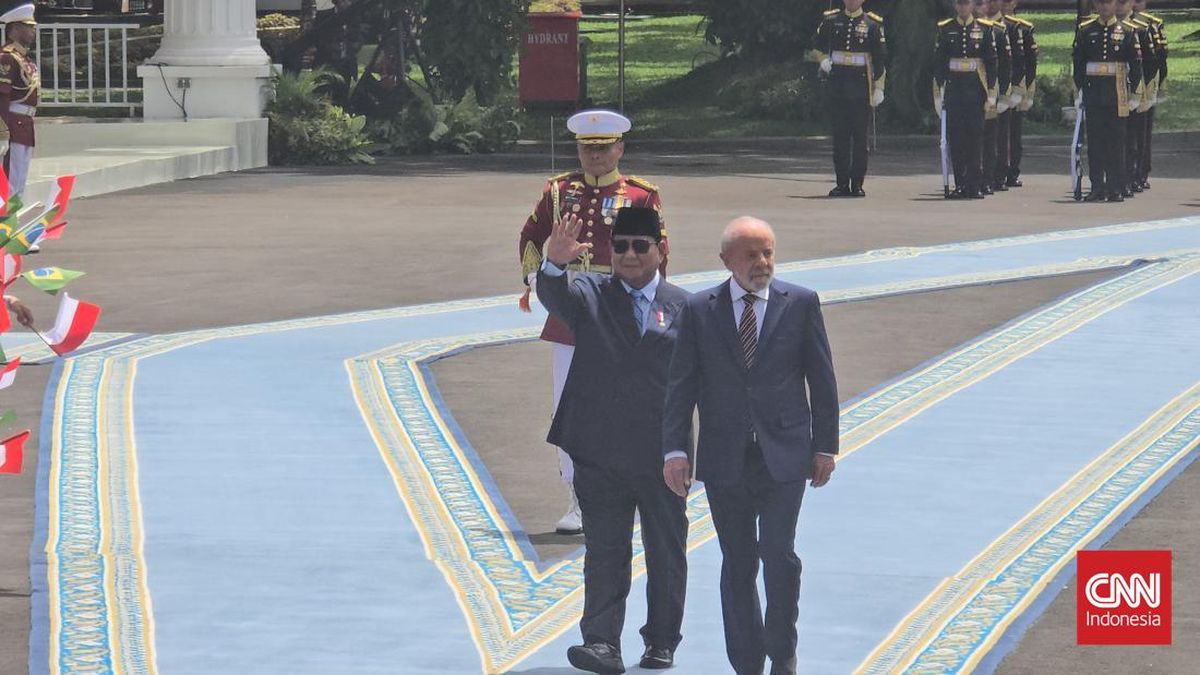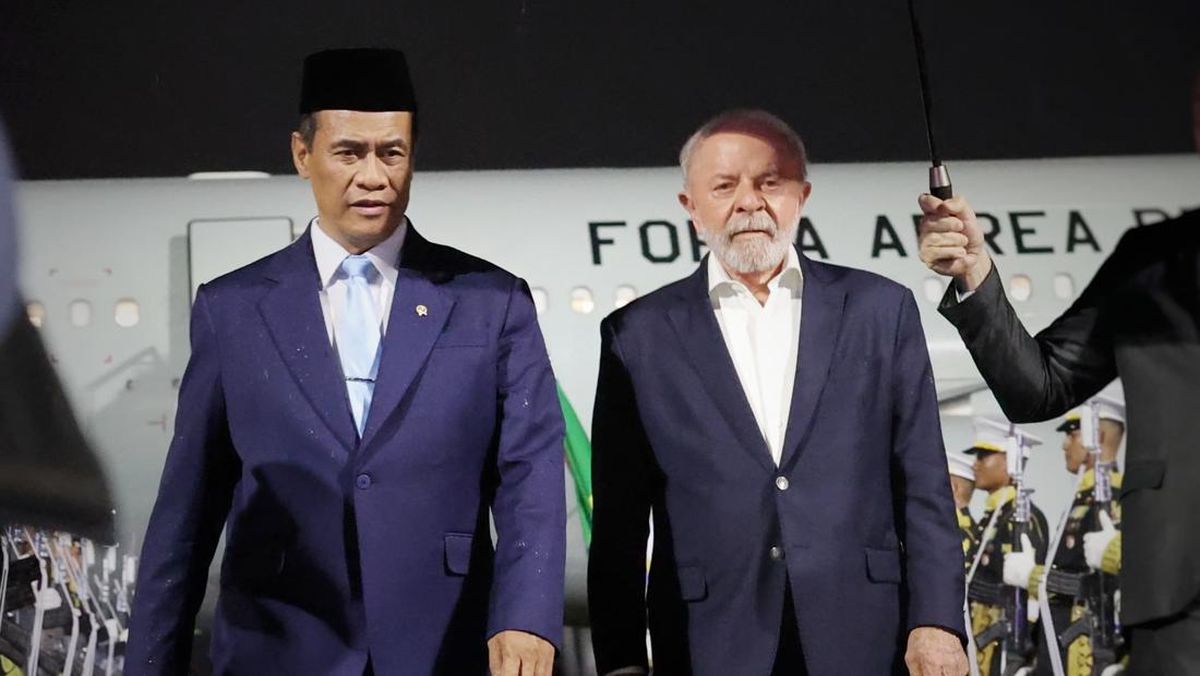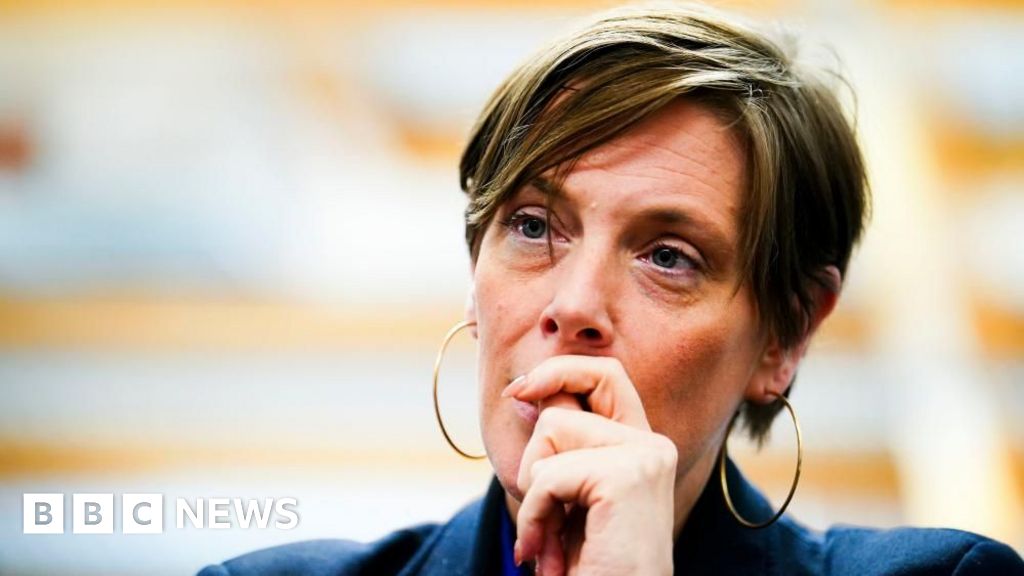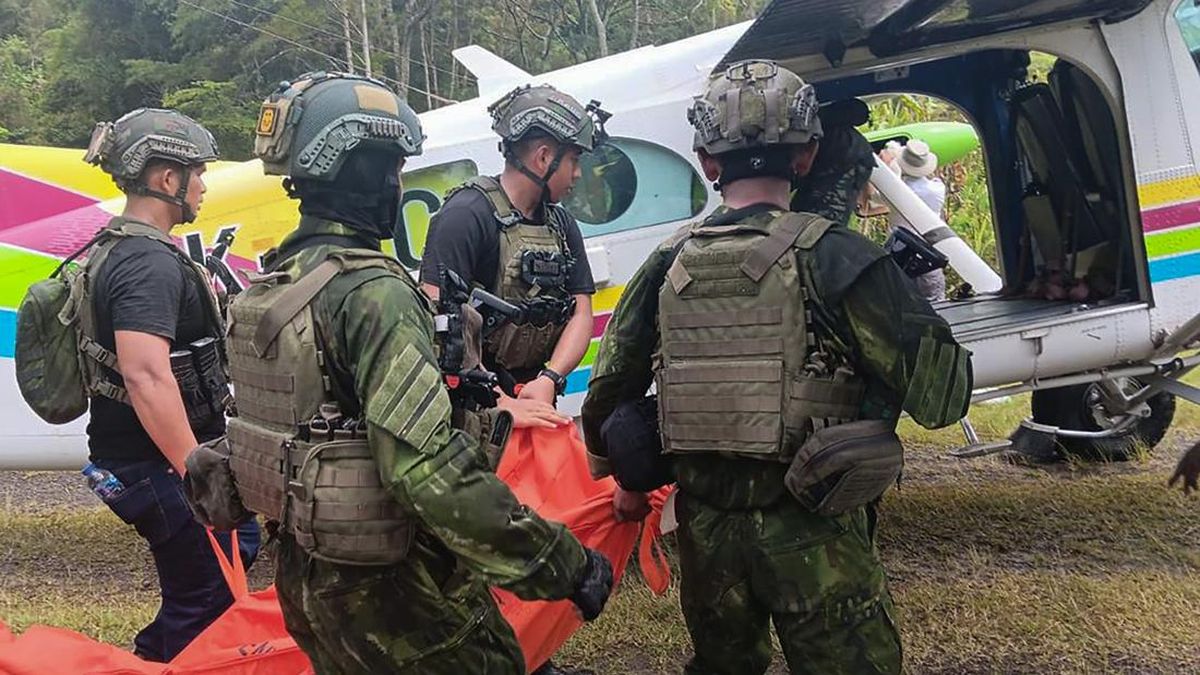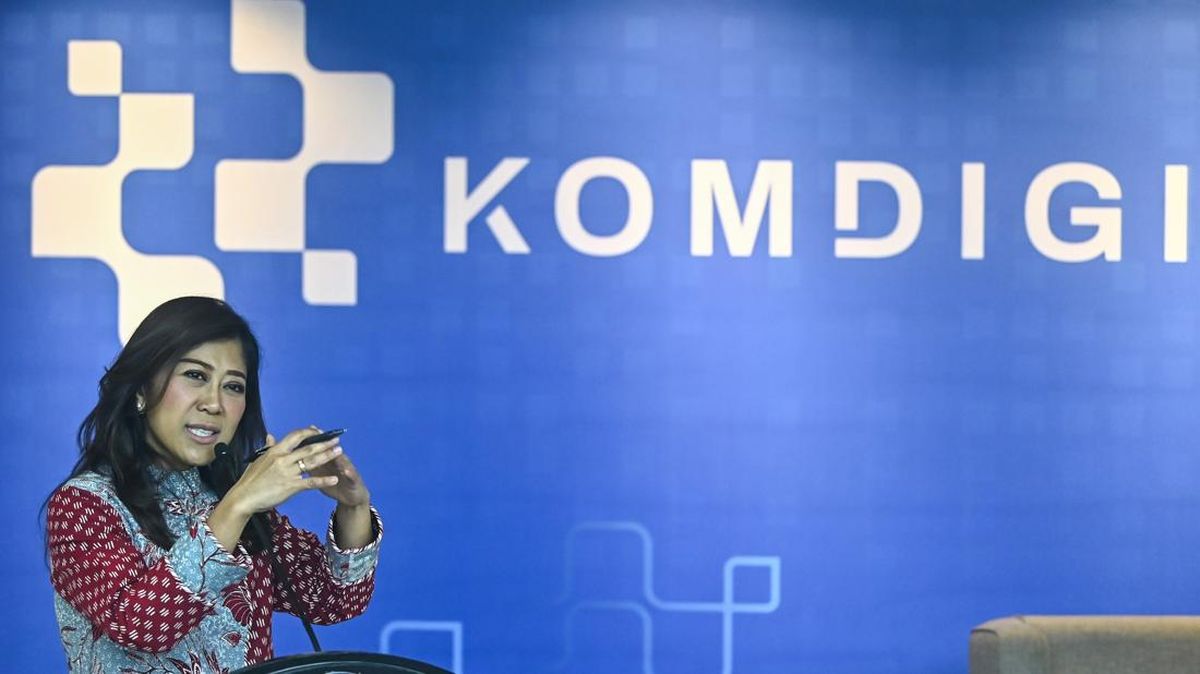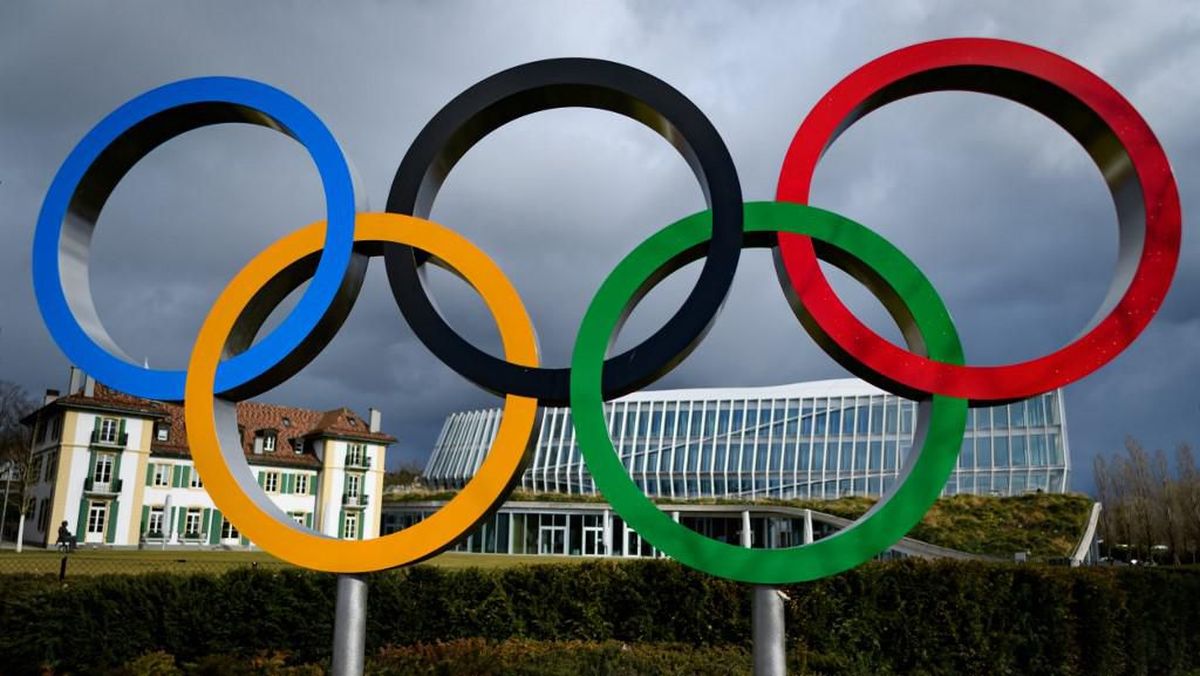In this special series, The Age focuses on Melbourne’s western suburbs to see how life could improve in Australia’s fastest-growing region.
See all 28 stories.Melbourne’s future should be “polycentric” – a metropolis of multiple cities – to address the booming west’s brain drain and arduous commutes that resident workers are forced to contend with as they leave the region for their jobs.
Speakers at the West of Melbourne Summit on Thursday have supported the West of Melbourne Economic Development Alliance’s (WoMEDA) strategy that Sunshine should become Melbourne’s second CBD, along with satellite cities located in Werribee and Cobblebank and a priority precinct in Footscray.

WoMEDA is pushing for Sunshine to become Melbourne’s second CBD.Credit: Jason South
Almost 200 business, government and academic leaders have converged on The Refectory at the Werribee Mansion for the forum, where WoMEDA presented its strategic report, Unlocking Melbourne’s Economic Engine. The report outlines what’s needed for a thriving region and calls on the Victorian government to commit to fostering infrastructure and job hubs in the west.
Reporters from The Age are moderating the summit that is discussing a vision for the western suburbs’ success, so that Australia’s fastest-growing region has the jobs, infrastructure, services and cultural institutions to support it.
Peter Seamer, who led the Victorian Planning Authority for a decade, said there was major employment inequality, with Melbourne’s CBD having 3 per cent of the city’s population, but 20 per cent of jobs.

Former Victorian premier Steve Bracks, who previously backed Dandenong for a second CBD, now says Sunshine is filled with promise.Credit: Elke Meitzel
“The inner city has the railway lines and the best public transport … it needs to be balanced out,” Seamer said.
“There are a whole lot of government employees who don’t have to be in the city.”
Former Victorian premier Steve Bracks was previously a strong advocate for the south-eastern suburb of Dandenong to become Melbourne’s second city. In 2006, his Labor government’s Revitalising Central Dandenong project promised more jobs, homes and investment in the area.
Speaking at the summit, Bracks pivoted, saying that the future of Melbourne’s growth now lies in its western suburbs.
“Sunshine can be the Parramatta [Sydney’s second CBD] of Melbourne … the west has changed. It’s grown enormously.”
With major road links, a planned train “superhub” and a future direct rail link to Melbourne Airport, Bracks said that Sunshine was filled with promise.
“[The west] will become the hub, the centre … it is the centre of what is happening around Melbourne, but also around Victoria. That’s its future. And it’s going to be so fantastic,” Bracks said.
The population of Melbourne’s west is predicted to almost double to 1.8 million by 2050, but demographer Simon Kuestenmacher believes the forecasts are an underestimate.
He warns it’s likely that the development of greenfield homes – which are cheaper to build than high-density housing and fit the “Australian dream” of a quarter-acre block with a backyard – will grow faster than expected.
“The infrastructure backlog, that’s getting more intense. So we need much more infrastructure, and mostly what I’m talking about here is connectivity. If we want to become a multi-modal city where we have job clusters … we need to make sure they’re really well-connected. And if they’re not, the whole system just doesn’t work … We must spend heavily.”
Asked about increasing jobs in the west, Kuestenmacher said past Victorian government planning blueprints had promoted the creation of employment hubs across Melbourne, while simultaneously allowing the development of more office towers in the CBD and Docklands.
“That’s not smart because we now have empty B and C-grade offices in the CBD, it’s a bit of a mess,” he said.
Loading
Kuestenmacher said that as low-grade commercial buildings empty out, they could be replaced further out of the CBD. New jobs hubs, he said, were needed to create an identity to attract specific types of businesses.
“Secondary employment centres will eventually work as soon as they find a character or purpose. There’s a lot of work ahead.”
Matt Carrick, secretary of the Department of Jobs, Skills, Industry and Regions, said much of the growth in jobs would come from small business operators in transport, logistics, professional services, science and construction.
“The unsung story is the rise of small business … over the last five years, the top two municipalities in the country for small business growth are Wyndham and Melton. It’s going to be a phenomenal advantage that will help balance things.”
In eight short years, the size of the western suburbs’ professional workforce – those in fields including finance, insurance, sciences and IT – almost doubled, rising from about 70,000 to 130,000.
“The associated positive is that professional roles typically employ highly educated people and pay above-average salaries. One downside … is that these roles tend not to be local,” WoMEDA argues in its report.
By last year, 47.9 per cent of western suburbs workers commuted outside the region for work, a figure that is projected to exceed 50 per cent within the next decade.
Already, workers in Wyndham, in the outer south-west, face an average morning commute time of 56 minutes.
The alliance says Melbourne should follow the lead of Sydney and develop a second CBD in Sunshine, and two “satellite cities” in East Werribee and Cobblebank.

Age senior city reporter Adam Carey (centre) moderates a panel at the West of Melbourne summit, with (from left) planning expert Peter Seamer, Melbourne University professor Beth Webster, Department of Jobs secretary Matt Carrick and western suburbs councils’ chief executives Celia Haddock (Maribyrnong), Fiona Blair (Brimbank), Roslyn Wai (Melton) and Stephen Wall (Wyndham).Credit: Elke Meitzel
“There are many parallels between the western regions of Australia’s two largest metropolises. However, Greater Western Sydney is further into its journey than the west of Melbourne and is reaping the rewards,” the report argues.
It finds that the west of Melbourne and the west of Sydney share similar advantages and disadvantages. Both have a young, diverse and ambitious population, and are expected to absorb more population growth over the next two decades than other parts of the city.
Both also have higher-than-average unemployment and lower-than-average salary levels, as well as high levels of mortgage and rental stress.
Loading
In 2017, the Greater Sydney Commission released a 40-year plan to turn Sydney into a metropolis with three CBDs.
“Today Parramatta is a hive of economic activity and cultural vibrancy,” the report says.
“The recently completed Parramatta Square is redefining the cityscape. It has secured two government anchor tenants, and a clutch of high-profile businesses looking to strengthen their footholds in Greater Western Sydney. More broadly, over 30 per cent of Australia’s top 500 companies have offices in Parramatta.”
Most Viewed in Politics
Loading

